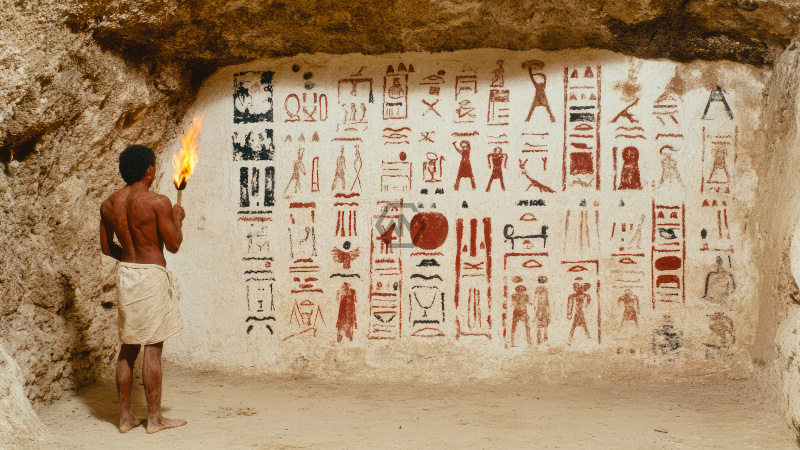- UNESCO delists three African sites from the World Heritage in Danger list after years of conservation.
- Libya’s Ghadamès, Egypt’s Abu Mena, and Madagascar’s Rainforests show notable recovery.
- Efforts highlight international cooperation and long-term sustainability in heritage protection.
In a landmark achievement for global heritage preservation, UNESCO has officially removed three African sites from its World Heritage in Danger list: the Old Town of Ghadamès in Libya, Egypt’s Abu Mena, and Madagascar’s Rainforests of the Atsinanana.
The removals mark a significant step forward in heritage conservation across the African continent. With the support of UNESCO, governments collaborated with local communities to implement targeted action plans, ranging from solar-powered drainage systems in Egypt to anti-logging patrols in Madagascar.
Hope for Heritage: African Sites Shine After Escaping UNESCO Endangered Status
Madagascar’s Rainforests of the Atsinanana, once endangered by illegal logging and biodiversity loss, have made an inspiring comeback. Restoration efforts prioritized native species protection and strict enforcement of logging bans. The result: a revived ecosystem and a drastic reduction in lemur poaching, one of the rainforest’s most pressing concerns.
Egypt’s historic site of Abu Mena had suffered due to water infiltration caused by surrounding agricultural activity. The introduction of solar-powered drainage technology reversed decades of water damage, preserving ancient structures central to early Christian monastic history. Community inclusion ensured that conservation wasn’t just technical—but personal and sustainable.
In war-torn Libya, the Old Town of Ghadamès stood vulnerable to both conflict and natural disasters. Efforts to rehabilitate the town focused on restoring its iconic architecture, while also training locals to become custodians of their heritage. UNESCO’s involvement brought not just funds but frameworks for long-term resilience.
The removal of these sites from the endangered list is more than symbolic. It reinforces the effectiveness of international solidarity in protecting culture and nature. These cases show that endangered status is not a sentence but a call to action—and that with the right tools, recovery is within reach.
The restoration of these African heritage sites proves that with coordinated efforts, political will, and community ownership, the world’s cultural treasures can thrive once again.
“Preserving heritage is not about looking backward—it’s about building bridges forward through memory, identity, and hope.” — Adapted from UNESCO ethos



